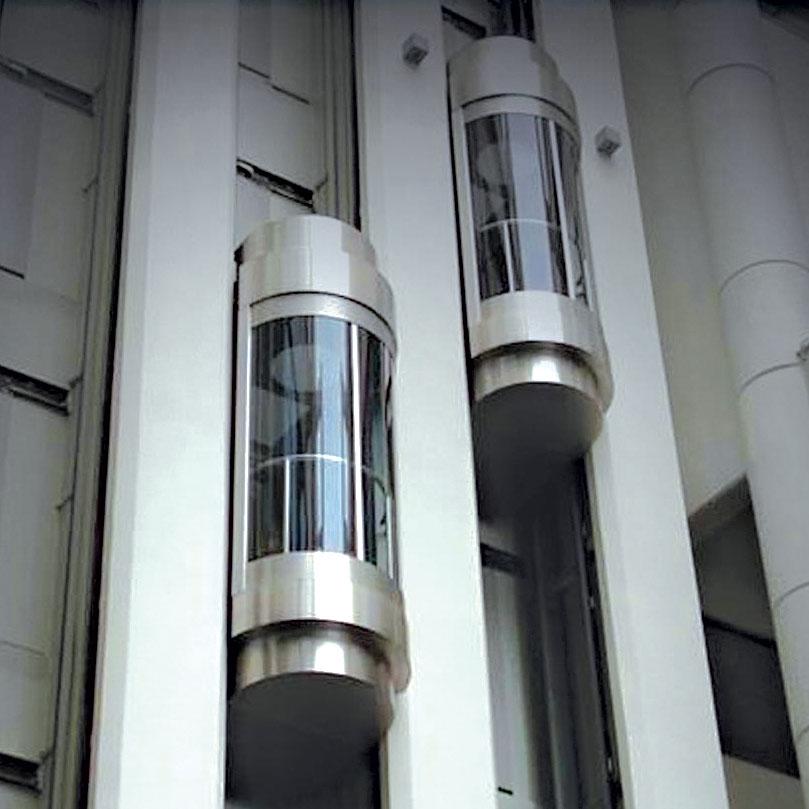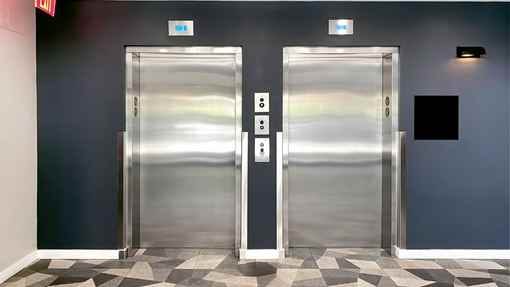Leading Lift Companies in London: Offering Quality Installations and Maintenance
Leading Lift Companies in London: Offering Quality Installations and Maintenance
Blog Article
Unwinding the Complexities of Lift Technology: Troubleshooting Common Troubles Throughout Lift Models
In the world of lift technology, a myriad of details typically exist below the surface area of what seems an uncomplicated mechanism. From slow-moving operation problems to strange sounds emanating from the machinery, repairing common issues across different lift designs requires an eager eye for information and an organized approach - repair and maintenance services. As we start this journey to unravel the complexities that can pester these crucial tools, a much deeper understanding of the internal operations and possible challenges of lift technology is crucial. Remain tuned as we navigate through the maze of lift malfunctions, seeking services to the enigmatic issues that can interrupt the smooth functioning of these important apparatuses.
Determining Slow Operation Issues

Following, inspect the electric links to make sure that all elements are appropriately attached and operating. Damaged circuitry or loosened connections can result in slow down operation or complete breakdown of the lift system. In addition, it is important to test the control system to determine if the concern depends on the programs or sensors.
If the visual inspection and electric checks do not reveal the root reason of the sluggish operation, further analysis examinations may be necessary. These can consist of pressure tests for hydraulic systems, voltage examinations for electric elements, or running diagnostic software for the control system. repair and maintenance services. By adhering to an organized technique to troubleshooting slow-moving procedure issues, you can successfully recognize and solve the issue, guaranteeing the lift runs safely and effectively
Resolving Odd Noises
To successfully repair lift technology for weird noises, an extensive examination of the lift elements following the recognition of slow operation concerns is necessary. Unusual noises in lifts can be a sign of underlying troubles that need prompt interest to ensure the security and reliability of the system. Typical resources of strange sounds in lifts consist of worn-out or misaligned pulley-blocks, harmed motor bearings, loosened or busted suspension ropes, and malfunctioning control systems. When addressing odd sounds, it is vital to perform a systematic examination of these elements to identify the specific root cause of the noise precisely. This might involve checking for any type of noticeable indicators of wear and tear, checking the functionality of motor bearings, tightening up loose links, and oiling relocating parts as required.
Additionally, it is important to refer to the lift manufacturer's maintenance guidelines and look for assistance from certified technicians when dealing with complex lift elements or strange troubleshooting treatments. By promptly addressing strange sounds and resolving underlying problems, lift operators can make certain the optimal performance and safety and security of the lift system for operators and passengers.
Resolving Faulty Control Problems
A reliable method for dealing with damaged control issues in lift technology includes conducting a thorough assessment of the control system's components and functionality. When running into problems with lift controls, it is essential to first look for any type of loose links, damaged electrical wiring, or malfunctioning sensors. Confirming that all control screens, switches, and keypads are working appropriately is additionally crucial in diagnosing the issue properly.
If no noticeable issues are noticeable, technicians ought to investigate this site continue to evaluate the control panel for any type of indicators of water damages, getting too hot, or corrosion, as these can commonly bring about control breakdowns. In addition, resetting the control system or upgrading the software may help fix particular problems or bugs causing the problem.

Tackling Hydraulic System Malfunctions
The performance of hydraulic systems in lifts relies greatly on the proper performance of various elements within the system. When hydraulic systems breakdown in lifts, it can result in functional disruptions and security concerns. One typical concern is hydraulic fluid leakage, which can take place due to worn-out seals, loose connections, or harmed cyndrical tubes. To tackle this problem, service technicians should carry out a thorough assessment to recognize the source of the leak and change any kind of faulty elements quickly.
Additionally, abnormalities in hydraulic liquid degrees or uncommon noises during lift operation might show underlying system breakdowns that need immediate attention to prevent more damages. Routine maintenance and prompt troubleshooting of hydraulic system issues are important to making address certain the click over here now reliable and secure operation of lift innovation.
Handling Electrical Part Failures
Dealing with electrical component failures in lift modern technology demands a methodical method to diagnosing and settling problems to maintain functional performance and safety criteria. When coming across electrical problems in lift systems, it is essential to initial carry out a comprehensive inspection of the electric components, consisting of control panels, circuitry, sensors, and motherboard. Any type of signs of damage, deterioration, loose links, or charred elements must be carefully kept in mind and addressed immediately to avoid more complications.
When it comes to electrical element failings, it is important to adhere to manufacturer standards for repairing and repair treatments. This might involve checking the components using multimeters, oscilloscopes, or various other analysis tools to identify the specific source of the malfunction. Furthermore, having a thorough understanding of the lift's electrical schematics and electrical wiring layouts can aid in determining and fixing issues effectively.
Routine upkeep and inspection schedules can assist avoid electric failings by detecting potential problems early. Correct training for lift specialists on electric systems and elements is also important to guarantee precise medical diagnosis and efficient resolution of electric issues, inevitably adding to the total safety and security and integrity of lift procedures.
Verdict
To conclude, repairing lift innovation calls for a systematic approach to identify and address usual troubles such as slow-moving procedure, odd sounds, malfunctioning controls, hydraulic system malfunctions, and electrical component failings. By recognizing the intricacies of lift innovation and following correct repairing actions, service technicians can successfully fix issues and ensure the effective and safe procedure of lifts throughout different models.
To properly fix lift technology for strange sounds, a detailed assessment of the lift elements following the recognition of slow procedure problems is necessary. Unusual noises in lifts can be a sign of underlying problems that call for timely focus to make sure the safety and integrity of the system.An effective approach for attending to faulty control issues in lift technology includes conducting a detailed assessment of the control system's parts and functionality.The efficiency of hydraulic systems in lifts relies heavily on the correct functioning of numerous components within the system. repair and maintenance services. When coming across electrical issues in lift systems, it is critical to very first perform a comprehensive examination of the electrical elements, consisting of control panels, wiring, sensors, and circuit boards
Report this page